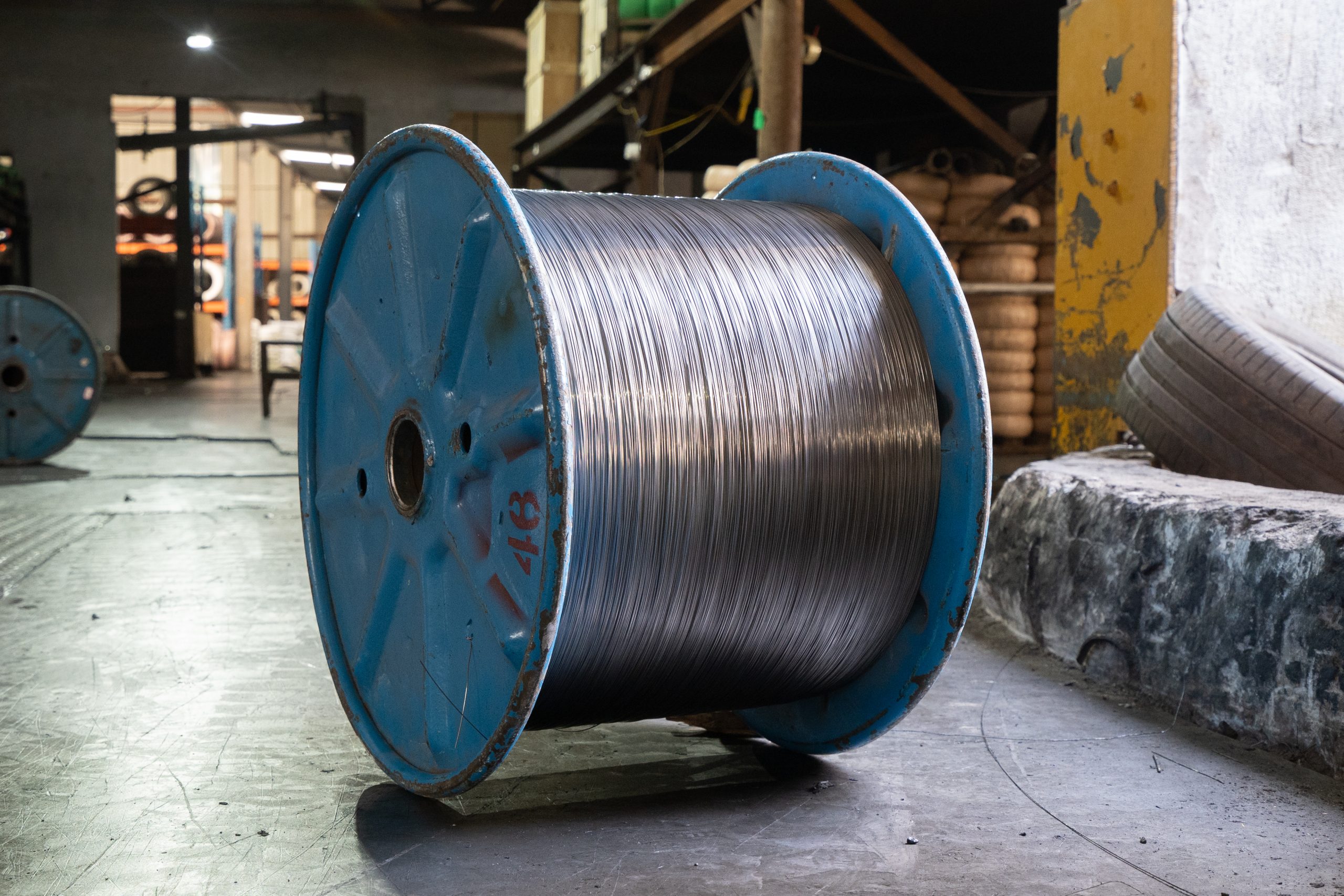Table of Contents
Techniques for Repairing Steel Wire
Steel wire is a versatile material that is commonly used in a variety of applications, from construction to manufacturing. However, like any material, steel wire is susceptible to wear and tear over time. When steel wire becomes damaged, it is important to repair it promptly to prevent further damage and ensure the Safety and integrity of the structure it is supporting.
There are several techniques that can be used to repair steel wire, depending on the extent of the damage and the specific requirements of the application. One common method of repairing steel wire is to splice the damaged section with a new piece of wire. This can be done by cutting out the damaged section of wire and splicing in a new piece using a wire splice or a wire Rope clip.

Another technique for repairing steel wire is to weld the damaged section back together. This method is often used for more severe damage, such as breaks or cracks in the wire. Welding requires specialized equipment and expertise, so it is important to consult with a professional welder before attempting this type of repair.
In some cases, it may be necessary to reinforce the damaged section of steel wire with a steel sleeve or a steel band. This can help to strengthen the wire and prevent further damage from occurring. Steel Sleeves and bands can be secured in place using Clamps or Bolts, depending on the specific requirements of the repair.
When repairing steel wire, it is important to ensure that the repaired section is properly tensioned to prevent sagging or stretching. This can be done by using a tensioning device, such as a come-along or a Turnbuckle, to adjust the tension of the wire to the desired level. Proper tensioning is essential to ensure the structural integrity of the repaired wire and prevent further damage from occurring.
It is also important to inspect the repaired section of steel wire regularly to ensure that it is holding up under the required load. This can be done by visually inspecting the wire for signs of wear or damage, as well as by conducting load tests to ensure that the repaired section is able to support the required weight.
In conclusion, repairing steel wire is an important task that should be done promptly and effectively to ensure the safety and integrity of the structure it is supporting. There are several techniques that can be used to repair steel wire, including splicing, welding, and reinforcing with steel sleeves or bands. It is important to ensure that the repaired section is properly tensioned and inspected regularly to prevent further damage from occurring. By following these techniques, you can effectively repair steel wire and ensure the longevity and reliability of your structure.
Common Issues with Steel Wire Repair
Steel wire repair is a common task that many individuals encounter in various industries, such as construction, automotive, and manufacturing. Steel wire is a versatile material that is used for a wide range of applications due to its strength and durability. However, like any material, steel wire can become damaged or worn over time, requiring repair to ensure its continued functionality.
One of the most common issues with steel wire repair is corrosion. Steel wire is susceptible to rust and corrosion when exposed to moisture and harsh environmental conditions. Corrosion weakens the steel wire, making it more prone to breakage and failure. To repair corroded steel wire, it is essential to remove the rust using a wire brush or sandpaper and then apply a rust-inhibiting primer to prevent further corrosion.
Another common issue with steel wire repair is kinking. Kinks in steel wire can weaken the material and cause it to break under stress. To repair a kinked steel wire, it is necessary to carefully straighten out the kink using pliers or a vice grip. It is essential to be gentle when straightening the wire to avoid causing further damage.
Fractures are another common issue with steel wire repair. Fractures can occur due to overloading, bending, or fatigue. To repair a fractured steel wire, it is crucial to identify the location of the fracture and then carefully weld or solder the broken ends back together. It is essential to ensure that the repair is strong and secure to prevent further breakage.
One of the most challenging issues with steel wire repair is fatigue. Fatigue occurs when steel wire is subjected to repeated stress over time, causing it to weaken and eventually fail. Fatigue can be challenging to repair, as it often requires replacing the damaged section of wire with a new piece. It is essential to inspect steel wire regularly for signs of fatigue and replace any worn or damaged sections to prevent failure.
In conclusion, steel wire repair is a common task that many individuals encounter in various industries. Common issues with steel wire repair include corrosion, kinking, fractures, and fatigue. It is essential to address these issues promptly to ensure the continued functionality of steel wire. By following proper repair techniques and regularly inspecting steel wire for damage, individuals can prolong the lifespan of this versatile material and prevent costly failures. Remember, prevention is always better than cure when it comes to steel wire repair.
